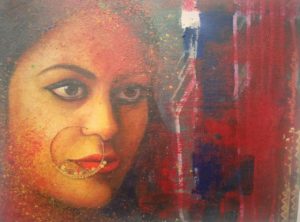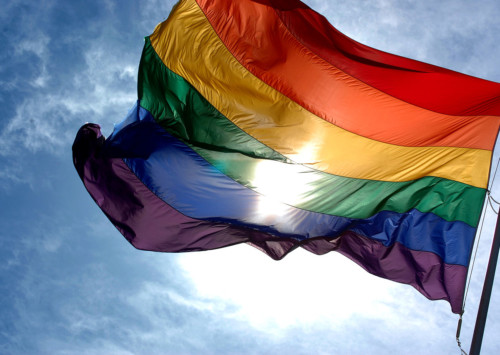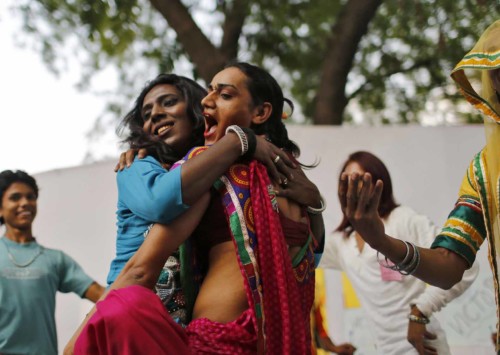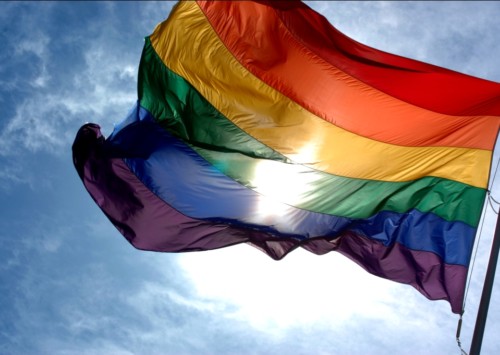Sathrangi exhibition organised to promote trans-artists in Kolkata
Sathrangi (seven colours of the rainbow), a platform in West Bengal, an Eastern state in India, held their first exhibition in the region. In the capital city of the state, Kolkata, this event was aimed at showcasing the talent of women and transgender people and challenging the narrative of stereotypes surrounding them.
Trying to bridge the gap between the society and the marginalised, the exhibition titled Sathrangi, or seven colours of the rainbow (a symbolic reference to the rainbow flag of the Lesbian Gay Bisexual Transgender Queer community) was organised at the Gallery Creative Strokes. With artists who ranged from members of the trans and hijra (a distinct community with its own set of practices and customs in India comprising of eunuchs, transgenders or intersex individuals) communities to human trafficking survivors, the creativity of the socially marginalised women (in physical form and/or spirit) was highlighted.
“We are trying to provide trans artists a permanent space for their art” informed Laila Sanyal, owner of the Gallery Creative Strokes, adding that she was planning to organise professional workshops and training for these artists.
Ranjita Sinha, a transgender activist and researcher who works with Association of Transgender /Hijra in Bengal (ATHB) said “Perhaps the most important reason this event has come together, after providing a space for the artists, is the need to change the conversation surrounding gender”.
“Third gender”discriminations in India
Transgender and hijra communities continue to face discriminations in India, even though the Supreme Court of India recognised trans gender people as the third gender in a ruling in 2014.Social ostracization and under representation in various fields remains rampant, and with ambiguous laws pertaining to non-heterosexual sexualities and sexual acts, the situation gets worse. Historically, eunuchs have occupied important positions in certain sacred texts of Hinduism but today insensitivity and lack of respect for these individuals remains. This community has a long way to go before being recognised for their differences in the normative society.
Ranjita added “We are subjected to stereotypes reducing us to caricatures. We want to uplift ourselves from this position and bring forth the abilities and creativities a lot of us have as artists. We are trying hard to gain a voice in the mainstream and be part of the civil society”.
The exhibition was one among the many innovative initiatives that are being taken up. As these initiatives appeal to a large number of people in the society, the possibility that the marginalisation of the third gender, as they have been termed, will be reduced is increasing, especially among new generations.














